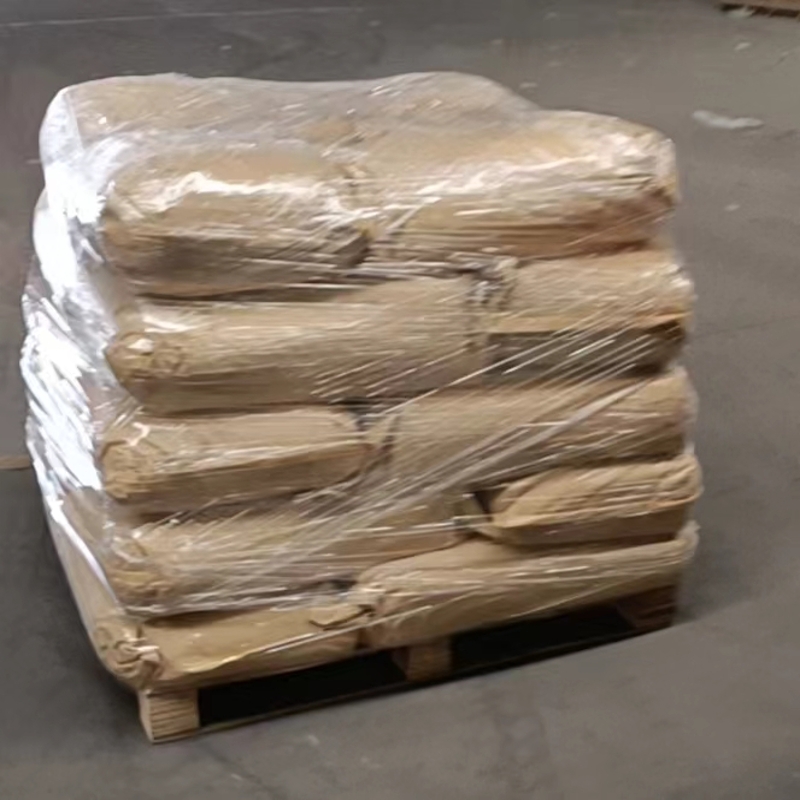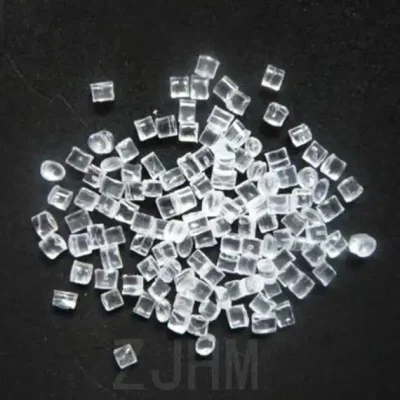-
Categories
-
Pharmaceutical Intermediates
-
Active Pharmaceutical Ingredients
-
Food Additives
- Industrial Coatings
- Agrochemicals
- Dyes and Pigments
- Surfactant
- Flavors and Fragrances
- Chemical Reagents
- Catalyst and Auxiliary
- Natural Products
- Inorganic Chemistry
-
Organic Chemistry
-
Biochemical Engineering
- Analytical Chemistry
-
Cosmetic Ingredient
- Water Treatment Chemical
-
Pharmaceutical Intermediates
Promotion
ECHEMI Mall
Wholesale
Weekly Price
Exhibition
News
-
Trade Service
(6) Sample storage and preparation
1.
The collection and preservation of soil samples shall be implemented in accordance with HJ/T166, and the collection and preservation of sediment samples shall be implemented in accordance with GB17378.
2.
Use boric acid or high-density low-pressure polyethylene powder as the bottom, border or plastic ring border, and press about 5g of the sieved sample on a tablet press to form a sheet with a thickness of not less than 7mm
(7) Analysis steps
1.
Refer to the instrument operating procedures to establish the measurement method
2.
According to the same operation steps as the sample preparation, at least 20 standard samples with different mass fraction elements are pressed into thin sheets.
Table 5-56 Range of calibration curve for determination of elements
Note: The unit of element content is mg/kg; the unit of oxide mass fraction is %
3.
The sample to be tested is measured under the same conditions as the establishment of the calibration curve, and the X-ray fluorescence intensity is recorded
Related Links: Wavelength Dispersive X-ray Fluorescence Spectrometry of Soil and Sediment (1)







